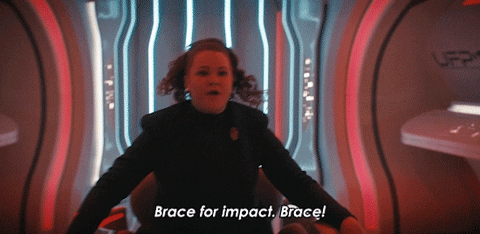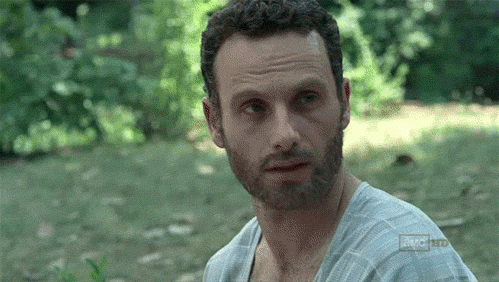Australia's unemployment rate is the lowest it's ever been, but the numbers are masking a major issue in the labour market.
Australia’s unemployment rate has stayed steady at 3.7% and this stability is confusing TF out of economists.
Usually when an economy is being hit with cash rate rises left, right and centre, people are bracing for the unemployment rate to race upwards.
But so far, our unemployment rate ain’t budging.

Let’s start with the current context
Cash rate rises are designed to slow spending.
And this can also discourage businesses from hiring new staff, or encourage them to cut costs by laying off staff. This means that the unemployment rate should increase.
But the latest employment data is of August, which shows that the unemployment rate remained unchanged at 3.7%.
Employers hired almost 65,000 more workers in August (about 40,000 more than was expected) and unemployment declined by 2,600 people.
On top of that, the Aussie economy hit a record high participation rate of 67%.
The participation rate is a measure of how many people from the total working-age population are either working or actively looking for employment.
So more people are being hired, which means cash rate rises are putting zero pressure on the unemployment rate right? We should be celebrating right? Right?!
Well, there’a a catch…

The unemployment statistics might look solid, but there’s a good chance they’re hiding instability in the labour market.
Here’s the thing. While 65,000 jobs were created last month, 96% of those jobs are part-time.
On top of that, monthly hours worked have also declined overall.
AKA: more people are working, but they’re all working less. This creates an issue of underemployment.
The underemployment rate rose from 6.4% in July to 6.6% in August.
What’s underemployment and what are the risks?
Underemployment indicates spare capacity in the labour market.
As an example, let’s say you’re a front-of-house employee at a boujee restaurant and you work 20 hours a week.

You’ve told your boss you’d work 30-40 hours but your boss just doesn’t have any other shifts available for you. And you don’t have any other income source covering those extra hours.
This would make you underemployed, where you have spare capacity to participate in the labour market, but you’re not being utilised.
On an individual level, this impacts welfare; higher underemployment suggests that more workers aren’t able to earn enough to satisfy their needs.
To make matters worse, underemployment can also slow down wage growth as employers often bump up working hours rather than wages.
On an economic level, underemployment means less spending, lower GDP growth, and an economy that isn’t growing as much as it could be.
How does underemployment relate to the RBA’s cash rate decisions?
So we know that the RBA’s using good ol’ monetary policy to keep inflation in check.
They know they can’t go haywire with cash rate hikes, because that would put the economy in danger.
Their job is to stand in the middle of a see-saw with inflation on one end and economic stability on the other, and clench all their muscles to keep both ends balanced.

Unemployment stats are usually a good indicator of how much the economy is slowing, but looking at unemployment and underemployment together paints a clearer picture.
What about future cash rate rises?
We can’t totally rule out further cash rate rises.
Using monetary policy, the RBA needs to put some pressure on employment within an economy, but not enough to lead to recession.
If spending isn’t coming down enough to cool inflation, the RBA could see that as a sign to hit us with another cash rate rise.

The RBA is zoned into their target cash rate of 2-3%, and they’ll continue to take in new inflation data, and new employment data to get closer to that target rate.
Sign up for Flux and join 100,000 members of the Flux family